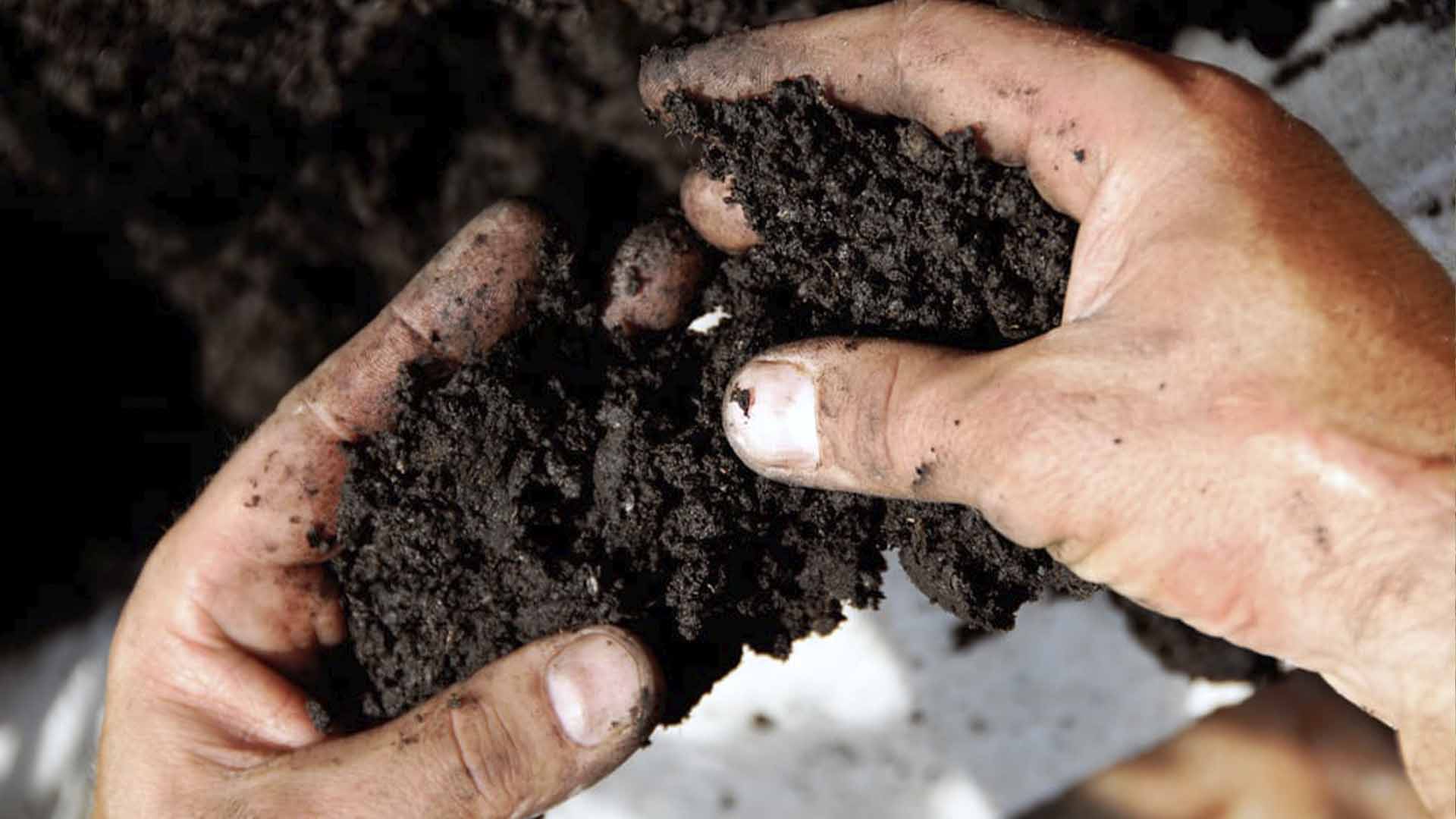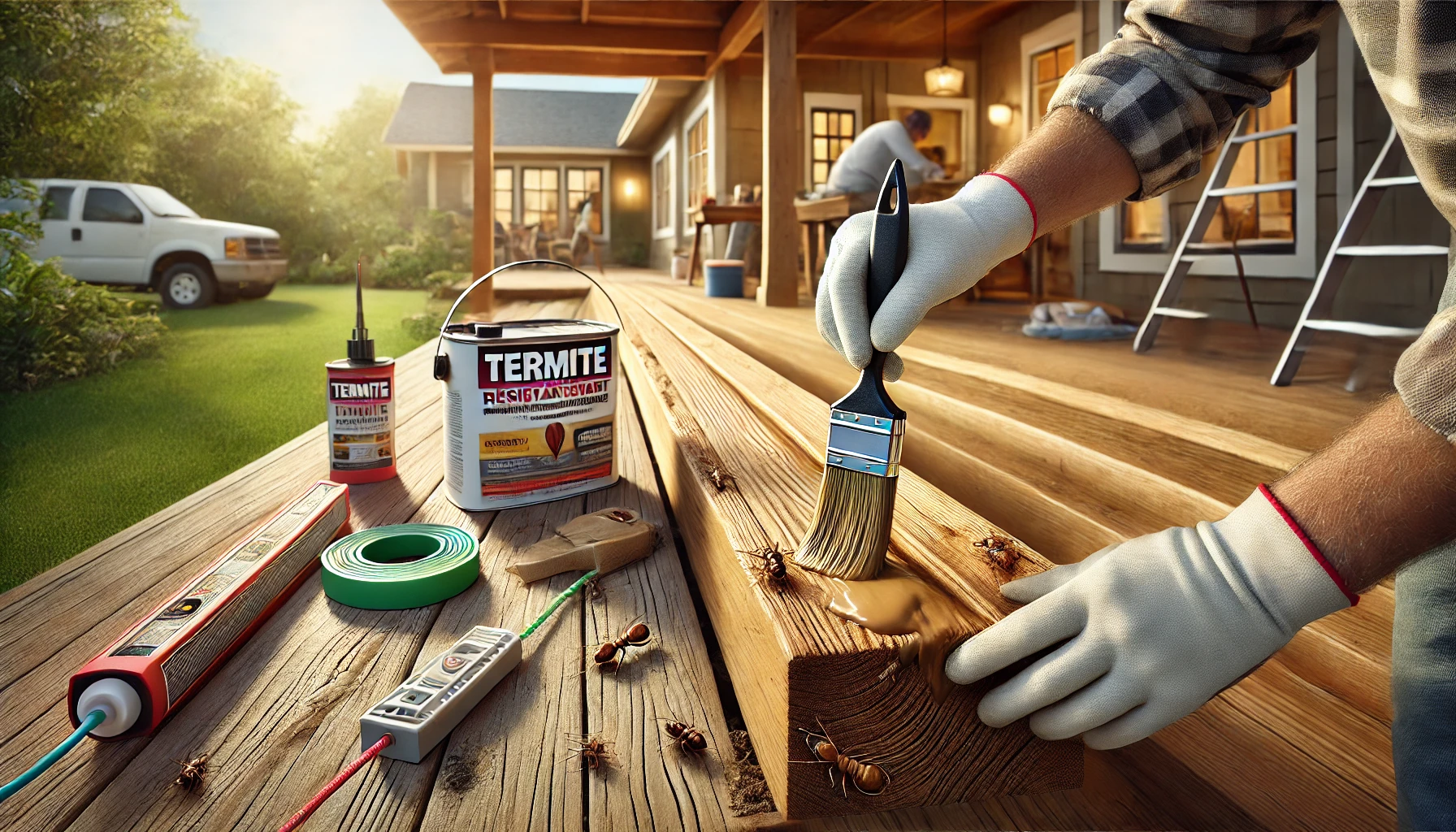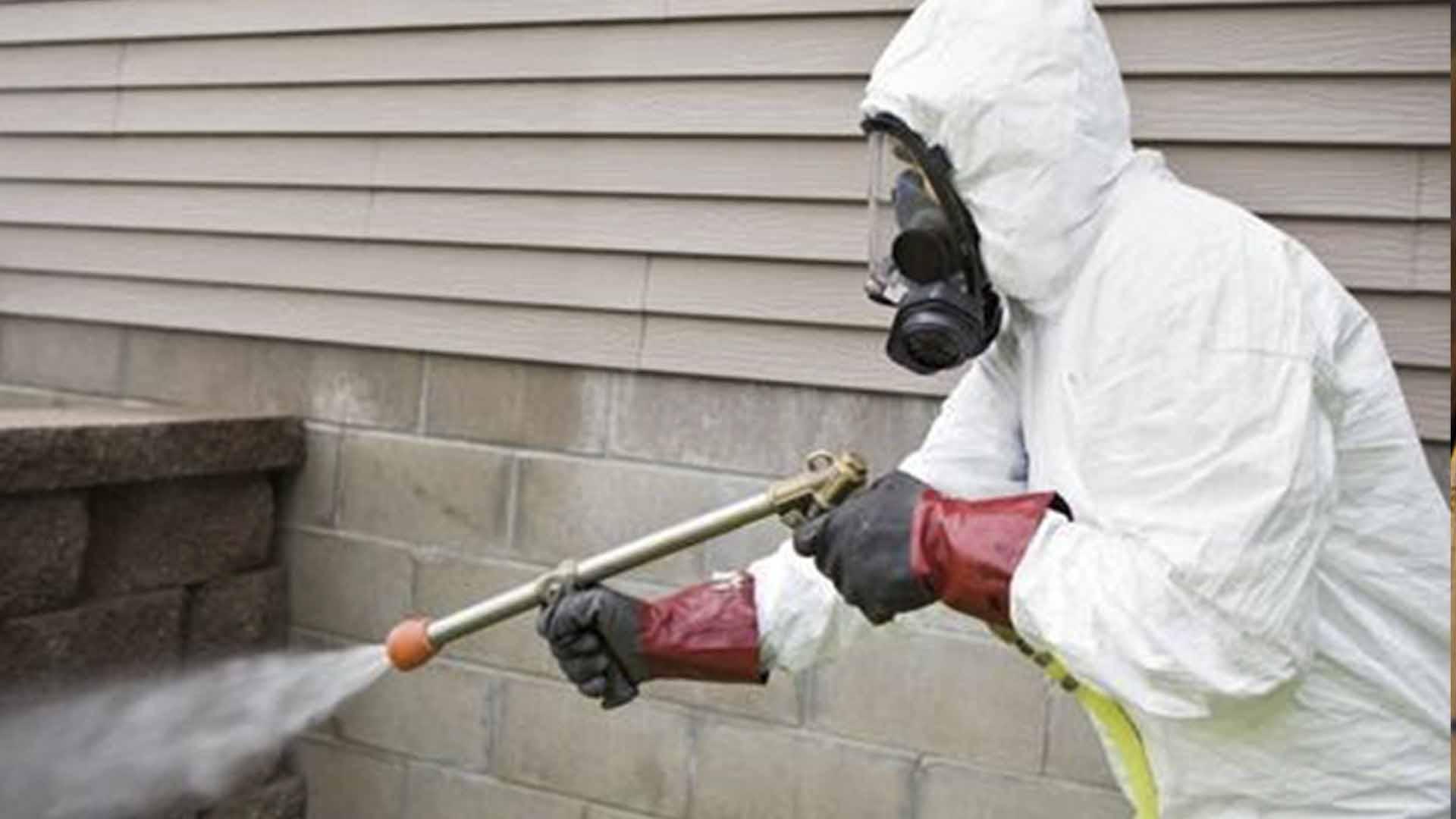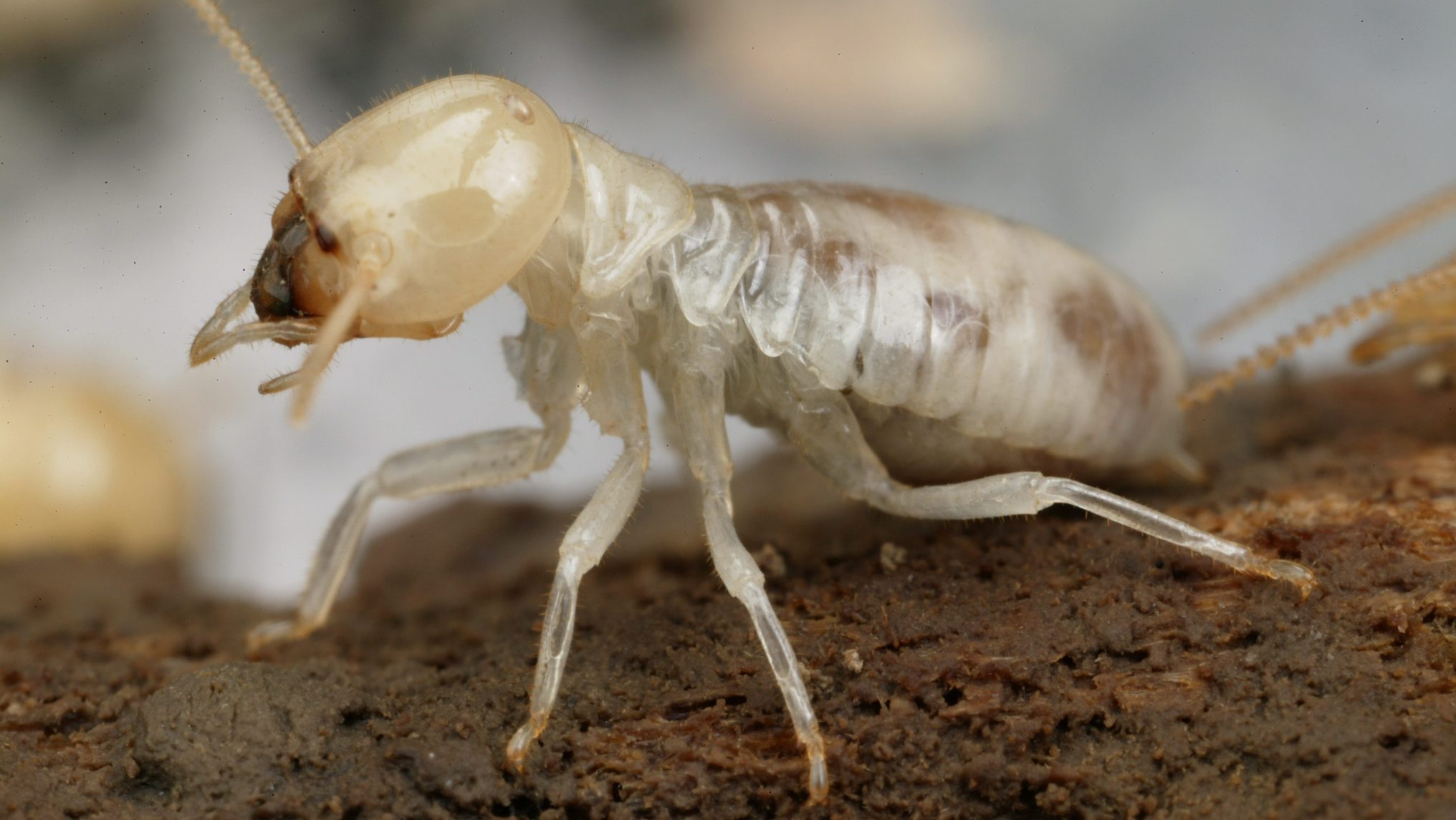Key Takeaways
-
Liquid Soil Treatments: Liquid soil treatments last the longest, offering up to 10 years of protection, but soil type and moisture levels significantly affect their effectiveness.
-
Bait Stations: Bait stations need to be replenished annually and require constant monitoring to ensure they remain effective for termite control.
-
Wood Treatments: Wood treatments last 2 to 5 years and work best for homes with minimal exposure to moisture, providing long-term protection for wooden structures.
-
Fumigation: Fumigation is highly effective in eliminating termites, but it doesn’t prevent new infestations from occurring.
-
Nematode Treatments: Nematode treatments are a natural option but only work for short periods and in specific conditions, making them less reliable long-term.
-
Environmental Factors: Soil type, weather, and home maintenance significantly impact the duration and effectiveness of termite treatments.
 Termites are a homeowner’s worst nightmare. They invade in silent mode, causing an immense amount of damage before you even realize it’s happening. And once you have started dealing with an infestation, you probably wonder how long this treatment will last. Does it protect my home, or will the termites return in no time? The great news is that there are many options, each with its own time-consuming. So, let’s break down how long termite treatments last and what you can expect from each method.
Termites are a homeowner’s worst nightmare. They invade in silent mode, causing an immense amount of damage before you even realize it’s happening. And once you have started dealing with an infestation, you probably wonder how long this treatment will last. Does it protect my home, or will the termites return in no time? The great news is that there are many options, each with its own time-consuming. So, let’s break down how long termite treatments last and what you can expect from each method.
Different Types of Termite Treatments
There’s no one-size-fits-all when it comes to termite treatments. There are various factors which can be depending on your home, your local environment, and the type of termite infestation, you might need one treatment or a combination of several. But before you get in a hurry into anything, let’s look at the most standard options and how long they last.

Not getting a solution?
Get your free pest control estimate today!What Affects How Long It Lasts?
-
Soil Type: Sandy soils drain quickly, causing the treatment to break down faster, while clay-rich soil holds the chemical barrier more effectively.
-
Moisture Levels: Excessive rain or irrigation can wash chemicals away, while too little moisture creates dry spots that termites can exploit.
-
Application: Proper application is crucial. A rushed or sloppy job can significantly reduce the treatment’s lifespan and effectiveness.
 2. Termite Bait Stations: Slower, Steady Elimination
Bait stations can be an effective solution if you’re dealing with a heavy infestation. These stations, placed around your home, contain termite bait laced with a poison that termites share with their colonies.
How long does it last?
Unlike liquid treatments, bait stations must be checked and replenished regularly—usually about once a year. If termites feed regularly, they can drain the stations quickly, and you’ll need to refill them.
2. Termite Bait Stations: Slower, Steady Elimination
Bait stations can be an effective solution if you’re dealing with a heavy infestation. These stations, placed around your home, contain termite bait laced with a poison that termites share with their colonies.
How long does it last?
Unlike liquid treatments, bait stations must be checked and replenished regularly—usually about once a year. If termites feed regularly, they can drain the stations quickly, and you’ll need to refill them.
Factors Affecting Bait Longevity
-
Colony Size: A larger colony means more bait consumed, leading to more frequent refills and quicker depletion of the bait supply.
-
Environmental Conditions: Extremes in temperature or moisture can make bait less effective or cause it to degrade faster, reducing its longevity.
-
Monitoring Frequency: Consistent checks are crucial to ensuring the bait remains effective. Simply setting it up and forgetting it can reduce its success.
 3. Wood Treatments: Direct Defense for the Wood Itself
Wood treatments are straightforward—they involve applying a chemical solution directly to wood structures, either in new construction or as a remedy for existing infestations. These treatments can penetrate the wood and stop termites from damaging the structural integrity of your home.
How long does it last?
Wood treatments tend to last 2 to 5 years, but once again, this can vary. If the wood is exposed to moisture, sunlight, or wear and tear, the protection will break down more quickly.
3. Wood Treatments: Direct Defense for the Wood Itself
Wood treatments are straightforward—they involve applying a chemical solution directly to wood structures, either in new construction or as a remedy for existing infestations. These treatments can penetrate the wood and stop termites from damaging the structural integrity of your home.
How long does it last?
Wood treatments tend to last 2 to 5 years, but once again, this can vary. If the wood is exposed to moisture, sunlight, or wear and tear, the protection will break down more quickly.
Things to Keep in Mind
-
Exposure: If wood is left in a damp area or exposed to sunlight, the treatment won’t last as long, causing it to break down faster.
-
Wood Type: Softwoods like pine are more vulnerable and will likely need treatment more often compared to denser hardwoods, which are more resistant to damage.
 4. Termite Fumigation: Full House, Full Treatment
This is the big gun. Fumigation involves covering your house with a tent and pumping in a gas that kills drywood termites inside your home. It’s an effective way to deal with a significant drywood termite infestation.
How long does it last?
Fumigation has a more limited window of effectiveness—typically 4 to 10 years. But here’s the catch: It doesn’t create a lasting barrier. The fumigant kills the termites inside your home, but once they’re gone, new termites could move in if you don’t take preventive measures.
4. Termite Fumigation: Full House, Full Treatment
This is the big gun. Fumigation involves covering your house with a tent and pumping in a gas that kills drywood termites inside your home. It’s an effective way to deal with a significant drywood termite infestation.
How long does it last?
Fumigation has a more limited window of effectiveness—typically 4 to 10 years. But here’s the catch: It doesn’t create a lasting barrier. The fumigant kills the termites inside your home, but once they’re gone, new termites could move in if you don’t take preventive measures.
Post-Fumigation
-
Maintenance is Key: Monitor your home regularly after fumigation. Just because termites are cleared doesn’t mean they won’t reappear. Regular inspections are essential for long-term control.
-
Preventive Measures: Fixing leaks, managing moisture, and keeping wood away from your foundation will help prevent new termites from moving in and establishing a colony.
 5. Nematode Treatment: A Natural, Short-Term Solution
Nematodes are microscopic worms that can be introduced into the soil to hunt down termites. This method is less commonly used but offers a natural alternative to chemical treatments.
How long does it last?
Nematode treatments tend to be short-term, lasting around 1 year. They can be effective in small-scale infestations, but they’re not a full-on, long-term solution.
5. Nematode Treatment: A Natural, Short-Term Solution
Nematodes are microscopic worms that can be introduced into the soil to hunt down termites. This method is less commonly used but offers a natural alternative to chemical treatments.
How long does it last?
Nematode treatments tend to be short-term, lasting around 1 year. They can be effective in small-scale infestations, but they’re not a full-on, long-term solution.
What Affects Their Longevity?
-
Soil Temperature: Nematodes thrive in warm, moist conditions, so their effectiveness may decrease in areas with cold winters or dry spells.
-
Reinfestation Risk: If moisture isn’t managed and termites aren’t kept away, reinfestation remains a genuine concern, even with nematode treatments.
Factors That Impact Treatment Duration
Alright, you’ve got your treatment method picked out—now let’s talk about the other stuff. Several factors can affect how long your termite treatment will last, and understanding these can help you keep your home termite-free for as long as possible. 1. Soil Conditions It’s not just the treatment that matters; it’s what’s under your home. Sandy soils are not great for holding chemicals, while clay-heavy soils can help the termiticide last longer. If you’re not sure what kind of soil you have, it’s worth asking your pest control expert for advice. 2. Climate & Weather Termites love warm, humid conditions. If you live in a part of the U.S. with high moisture levels (like the Southeast), your termite treatments might not last as long as they would in drier regions. You’ll want to stay vigilant, especially after heavy rains or long humidity periods. 3. Home Maintenance Let’s be honest: If your house leaks or has standing water near its foundation, your termite treatments won’t last as long. Fix those leaks, maintain your gutters, and keep wood piles away from your foundation. It’s these small, seemingly simple things that will make your treatment work longer and harder. 4. Termite Species Subterranean termites, which live in the soil, are the most common in the U.S., and they are also the most destructive. Drywood termites, on the other hand, live inside the wood and don’t require moisture from the ground. This difference affects the treatments used and how long they’ll last. For example, drywood termite fumigation doesn’t offer lasting protection against future infestations. 5. Treatment Application Here’s the thing: the quality of the application matters. A rush job might save you a few bucks, but it can lead to treatment failure. Make sure your pest control service is thorough and uses the proper techniques for your home and infestation. By understanding how long different termite treatments last and taking the necessary steps to maintain them, you can significantly reduce the risk of a termite infestation. It’s all about choosing the right professional treatment, staying on top of maintenance, and being proactive. Your home deserves that level of care—and so do you.
By understanding how long different termite treatments last and taking the necessary steps to maintain them, you can significantly reduce the risk of a termite infestation. It’s all about choosing the right professional treatment, staying on top of maintenance, and being proactive. Your home deserves that level of care—and so do you.
If you feel things have gone out of control, it is advised to contact pest control professionals. Our team can provide a customized approach to protect your home effectively.
Visit our Species, Control, and DIY Guide sections for additional resources on termites and ways to tackle a termites infestation.





